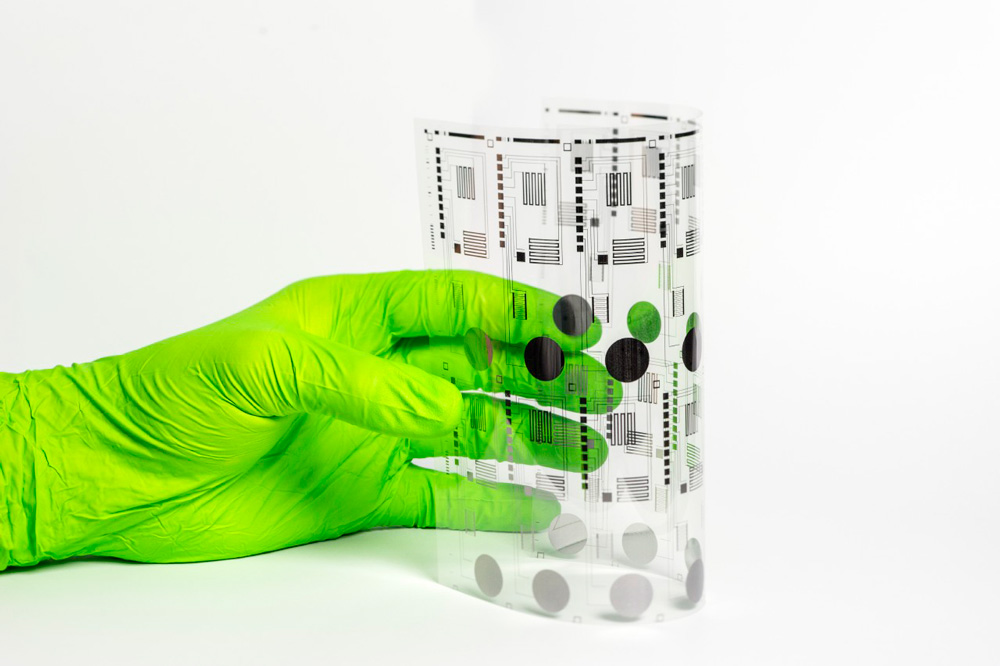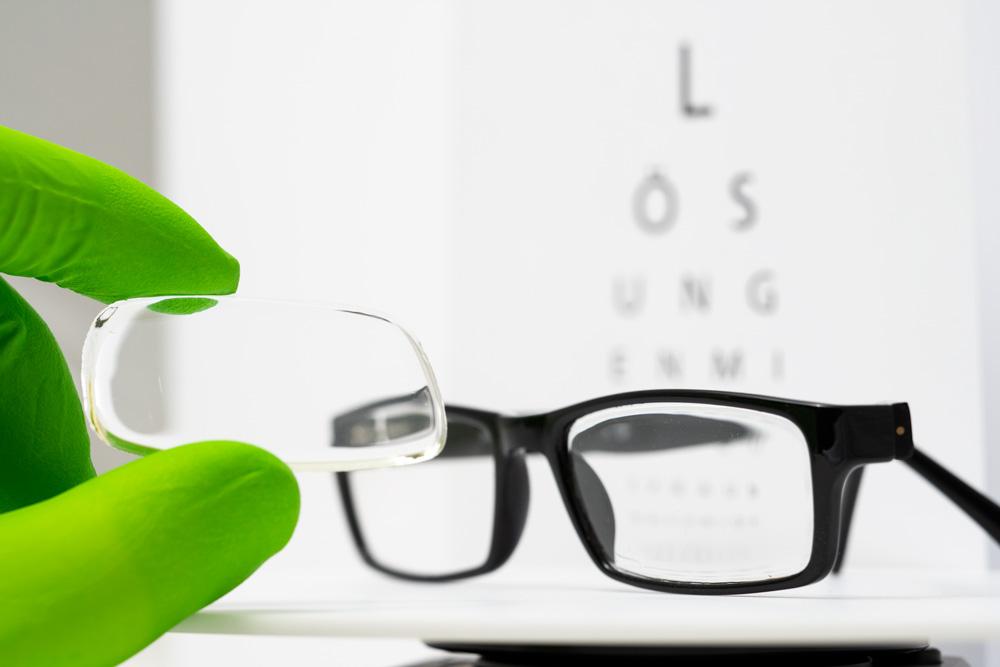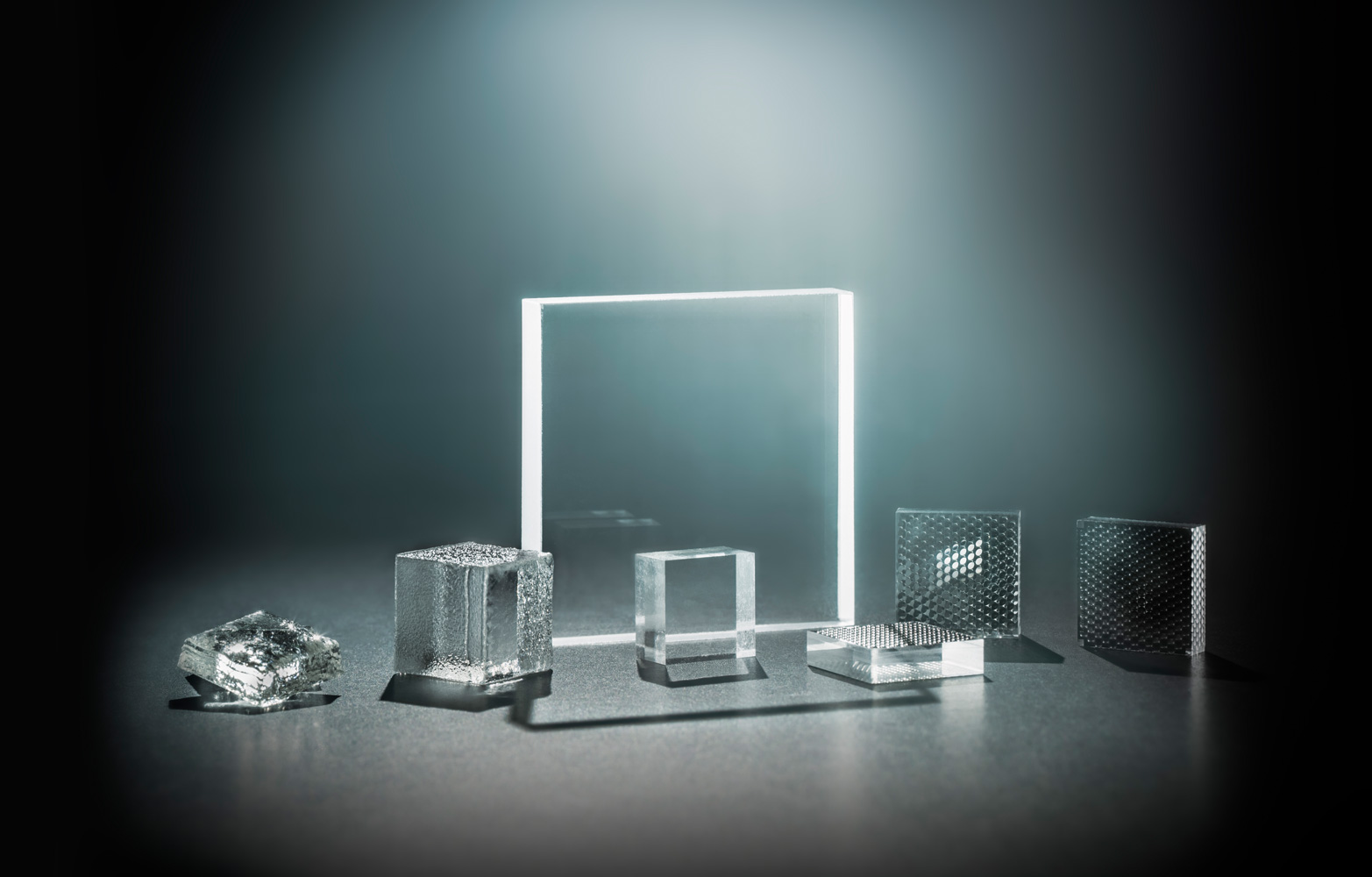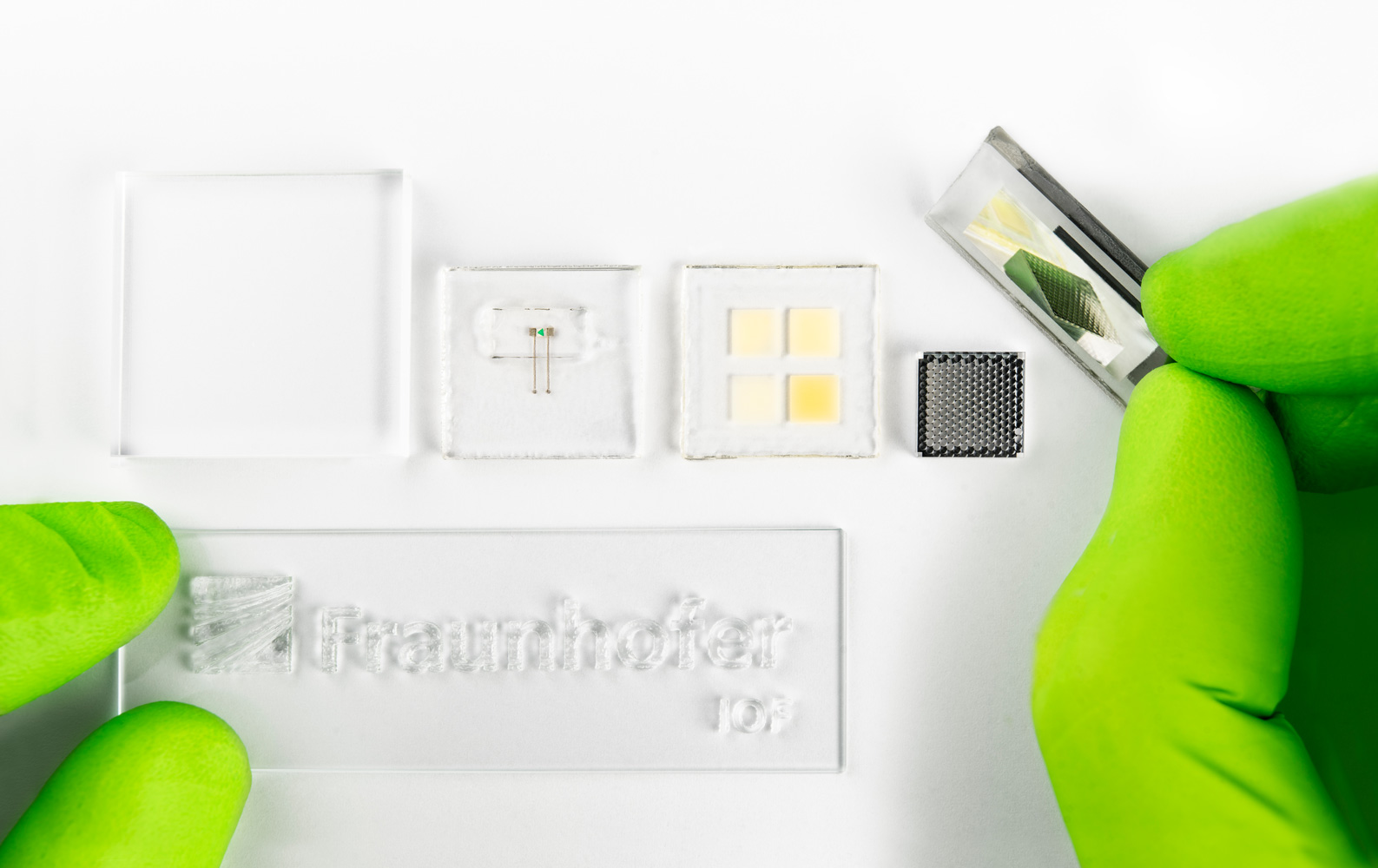Micro and macro optical components are conventionally manufactured using milling or molding techniques of polymers and glasses. The fabrication of medium and large lot sizes is very cost efficient with these techniques. However, for cost effective manufacturing of single individualized optics, they are not suitable. To overcome this issue, inkjet printing of Ormocers® is being introduced at Fraunhofer IOF. This digital manufacturing technique is very flexible, provides a high freedom of design, and thus enables the fabrication of such highly individualized three-dimensional micro- and macro optical components.
For fully inkjet printing 3D-optical components, Ormocomp®, a hybrid organic-inorganic polymer, is used. It combines beneficial properties of organic and inorganic materials. Its processability is comparable with conventional polymers. However, it has a higher chemical, mechanical, and thermal stability because of its inorganic components. In addition, it shows a very high optical transparency in the complete visible spectrum. Therefore, Ormocomp® is highly suitable for the manufacturing of robust 3D-optics.
The 3D-Ormocomp® components are manufactured using a commercial inkjet printer. The structures are sliced and printed layer-by-layer. Each printed layer of low viscous ink has to be UV-cured in order to crosslink the polymer ink and to guarantee mechanical stability of the single layers. With each printing run, a 3 μm to 10 μm thick layer is applied. Thus, macroscopic optical components consist of many thousands of layers.
By optimizing the resolution of the printed layers, the UV-curing conditions, and adapting the printed designs, high dimensional accuracies of the 3D-components could be achieved. The resulting surface roughness of macro optics is in the range of < 60 nm with a PV < 20 μm. With these parameters, the optics are suitable for the use in lighting applications. Figure 1 shows some examples of fully inkjet printed 3D-optical components made of Ormocomp®.Because of the additive manufacturing approach, a further functionalization of the printed optics is possible. Figure 2 shows integrated LEDs with printed conductive tracks, integrated baffles and inkjet printed silver mirrors in fully inkjet printed three-dimensional optics.
The potential of the introduced technique lies in its use for rapid prototyping and the manufacturing of individualized components with very small lot sizes.





